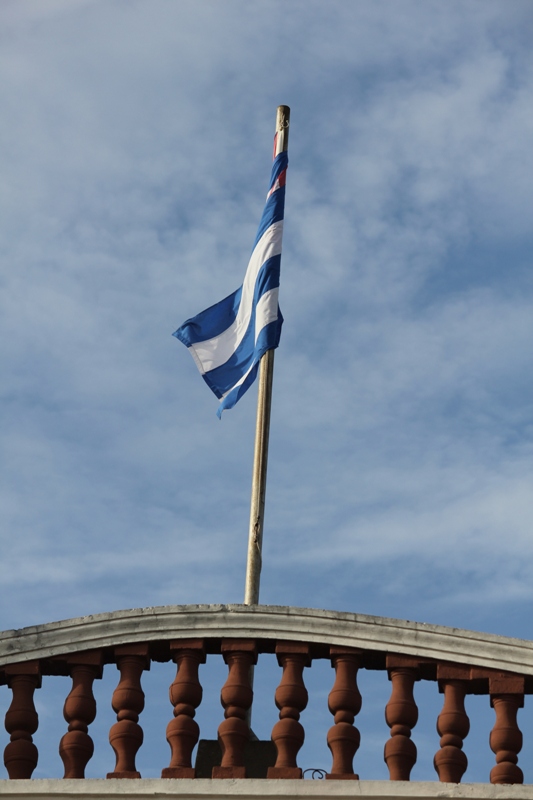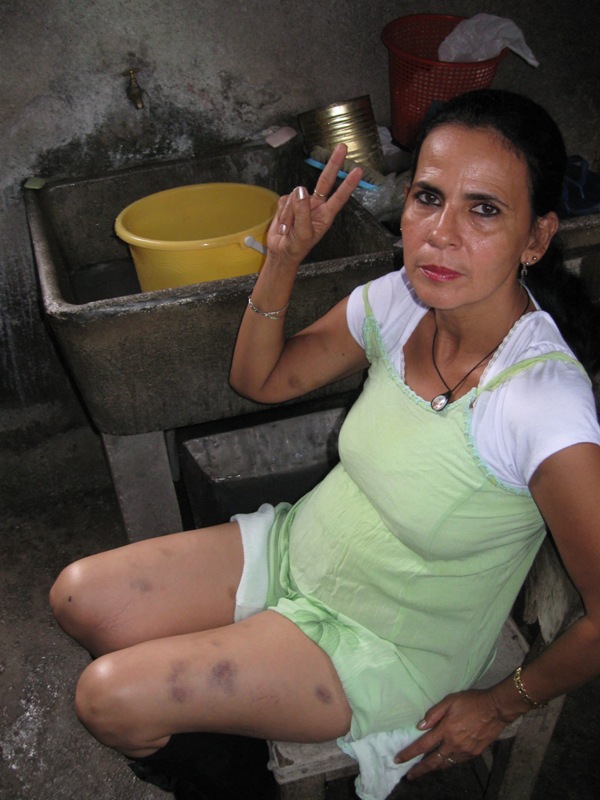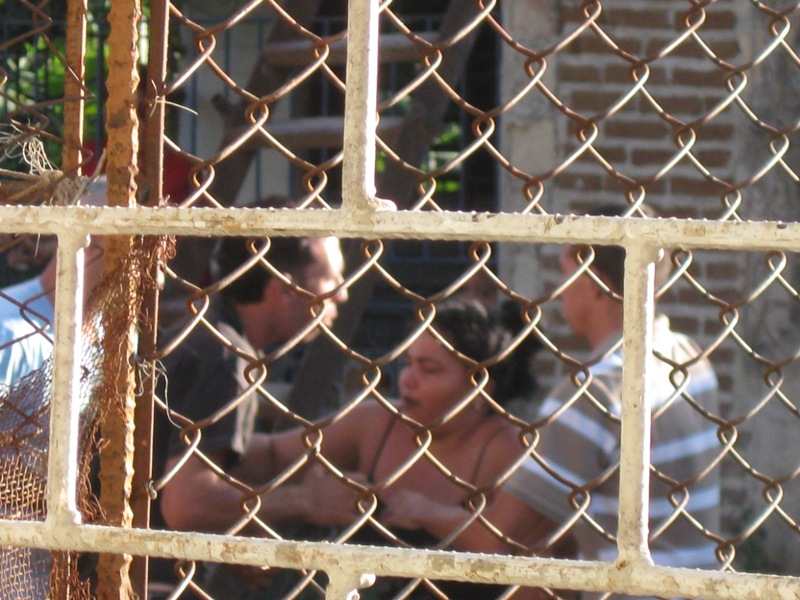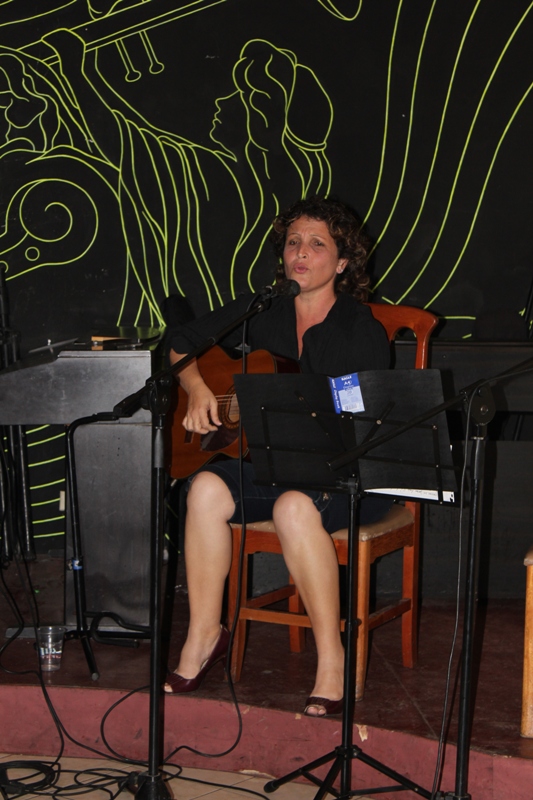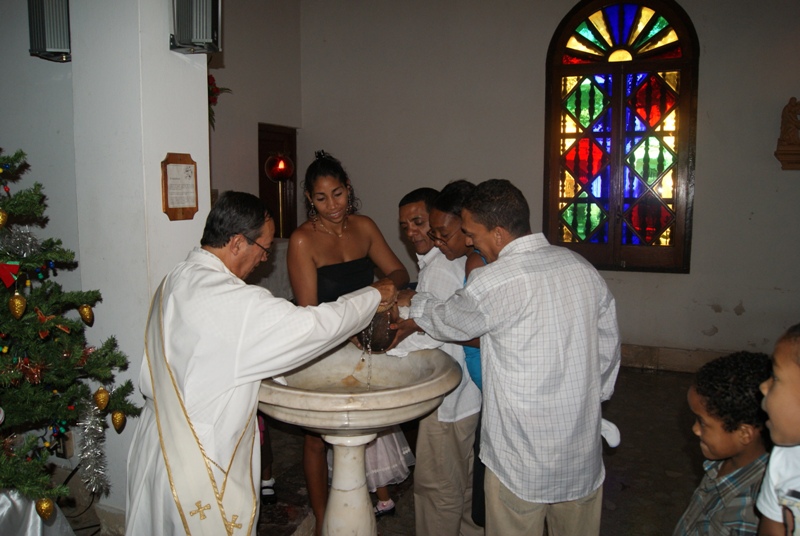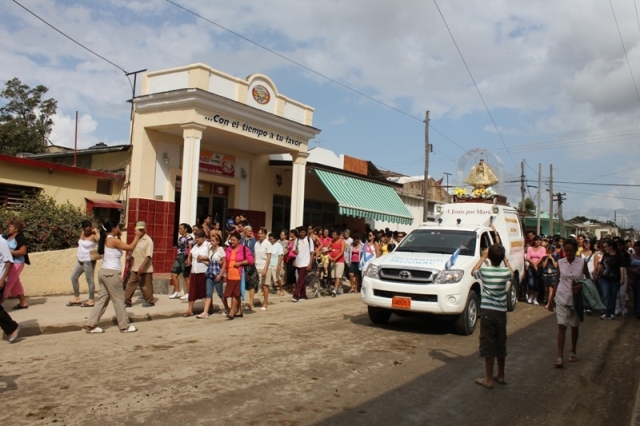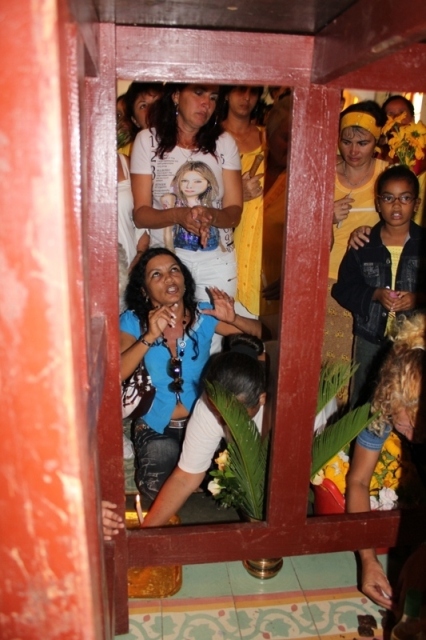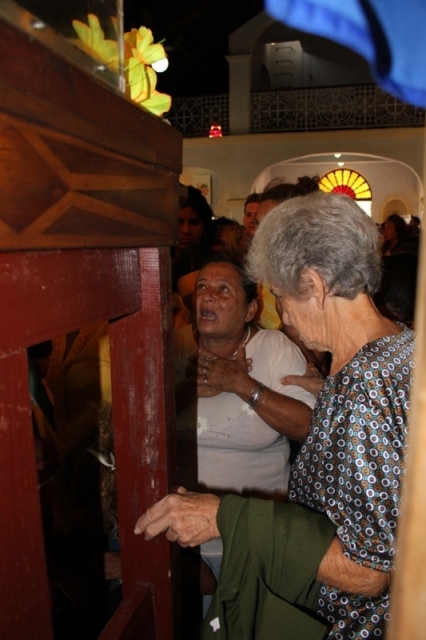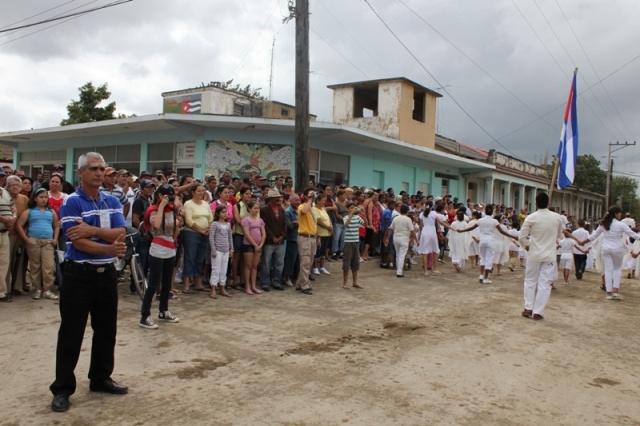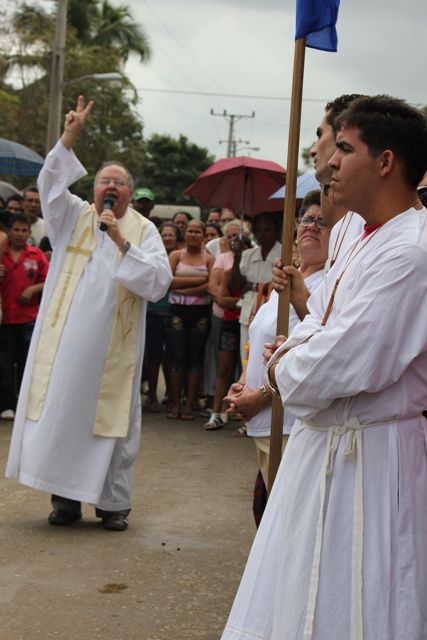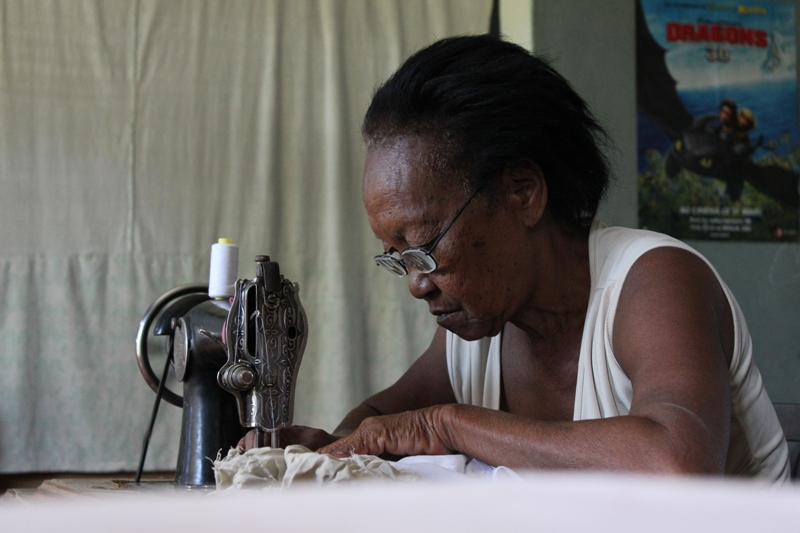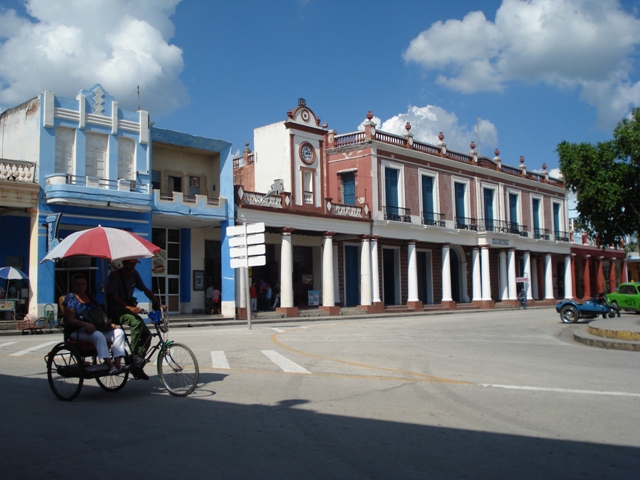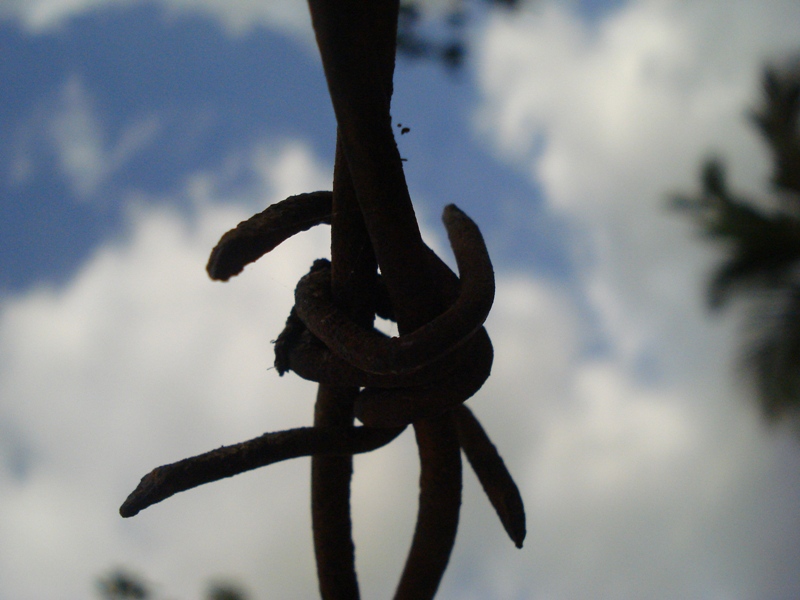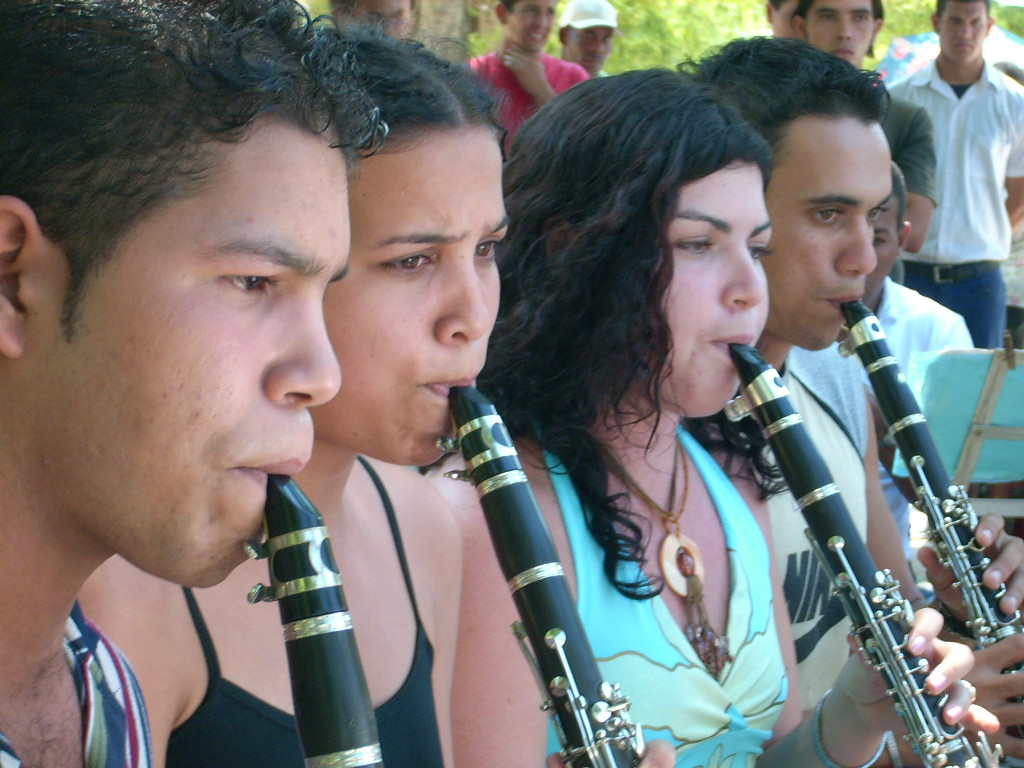
So far, during this new year the expectation of massive layoffs has increased, and along with it so too the decisions of various people I know to enter the private sector as self-employed workers, whether it be setting up a small shop or becoming agricultural workers for farmers.
However, around here it is a fact that the “re-organization of the surplus labor force” has been held back “until April” (which curiously coincides with the long-awaited congress of the Communist Party). There are already signs of what’s to come, what has been set in motion by the current prevailing malaise.
In the municipal leadership of Culture in Holguin and San German, they have announced that 1/3 of the staff will be cut, without specifying what will be done with those left over. Uncertainty reigns around here, and an old friend of mine (who for a very long time was the leading union member in the Cultural sector) told me that:
“They are going to eliminate many cultural promoters, and you know the idea to form them in first place was of the Commander, but we can’t even escape that. The truth is that no one can make a living from songs and poems. I don’t know where we will end up, for here in this municipality there are more than 100 of us working in the cultural sector and sometimes even rounding up 20 fans is a difficult task. But what can we do?”
I asked her if she would appeal to the union of cultural workers to see which options they would give her. She stared at me with a mocking face and said, “What union are you talking about? They have always done whatever the Communist Party tells them to do, and now the order being given is that we must understand that it is necessary for the country to take such measures.”
In January, it was announced in San German that Housing Inspectors will have their salaries cut by 40 pesos. A neighbor of mine sees that as a contradiction. For many years, he was a union member himself and he always believed that “layoffs were in part to stimulate and increase the salary.” Now, he was another who with an incredulous face told me, “I don’t know what these people are talking about.”
Each citizen I have approached on the street has taken a different tone. In some, I can note the expectations, while in others I hear the frustration. Most commonly, there is a clear sign of alarm. The people have noticed that the direction taken by the government finds itself amid an old dilemma. Many express the feeling that, “Today they say one thing, and tomorrow they announce the opposite. But they won’t take the plunge… they are testing the grounds to see what will happen, to see what the people will do.”
Every corner of San German has become a public spot to debate, although many still do so with much fear. There are no firm demands or accusations aimed at anyone directly. In some instances, some labor centers have been host to heated debates in the presence of Party executives and representatives. Each argument has as its focal point the “The Draft Political, Economic and Social Guidelines,” but as usual many ask themselves, “How are we going to argue about something which has already been approved by Parliament and by the Party hierarchy?”
Antonio, my neighbor, is also a union member. He explains it to me as if it were a grand strategy “The unions are dormant. They only seek to amplify what the bosses of businesses or institutions are saying, but then again, people aren’t protesting much…”
February 6 2011



